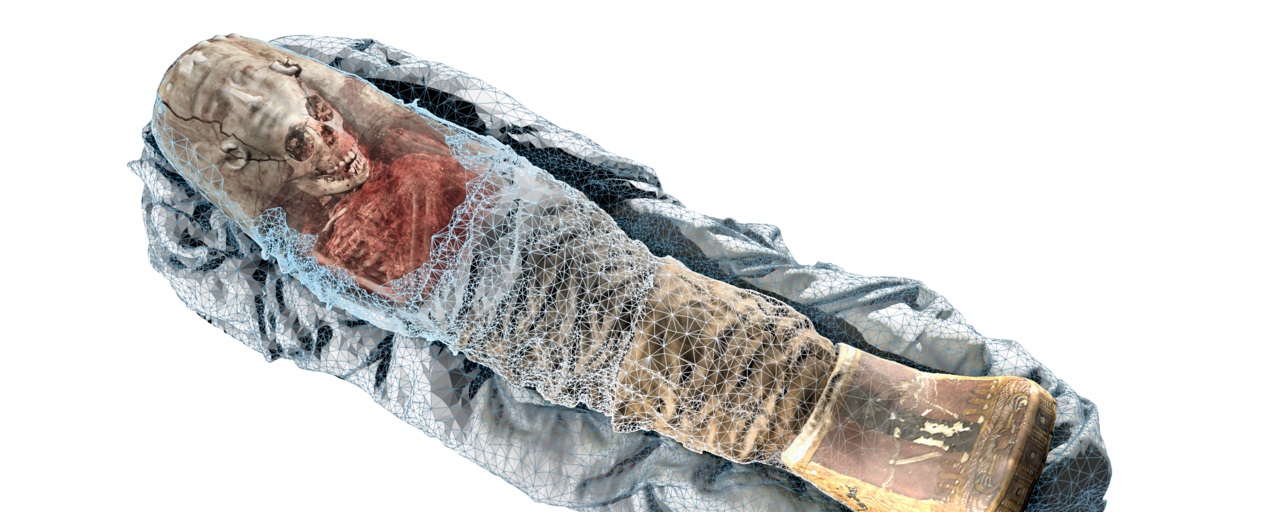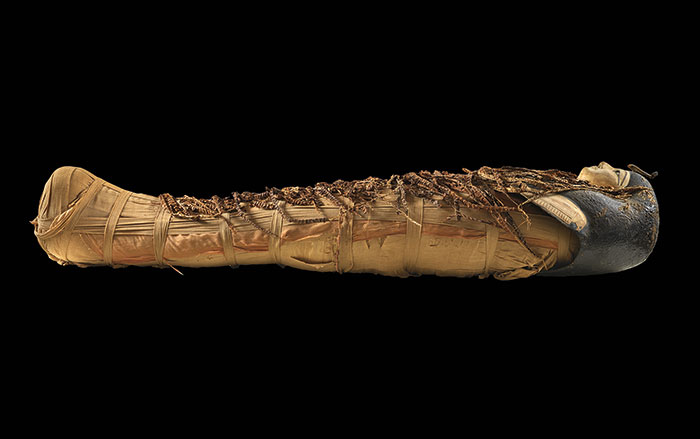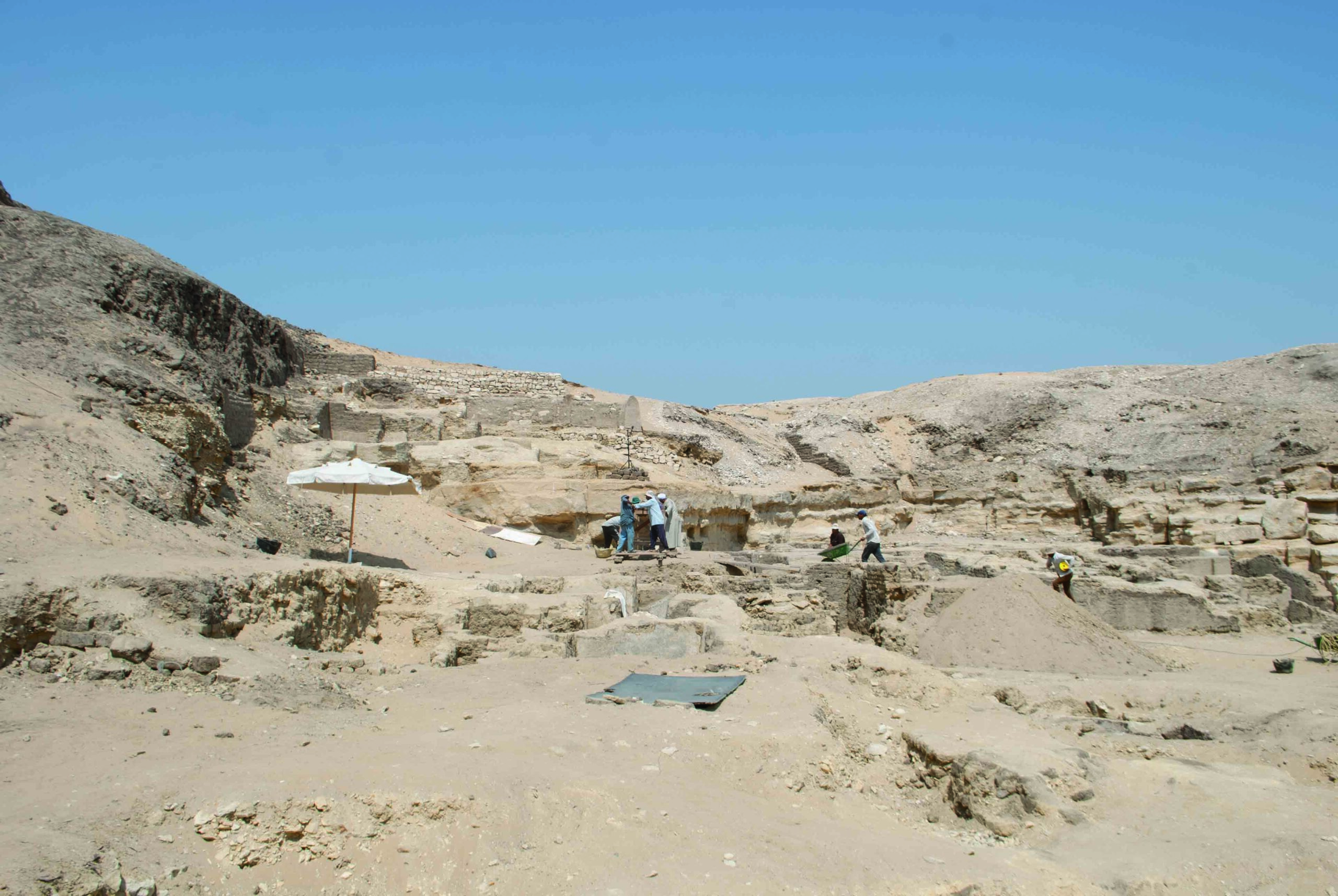
SAN JOSE, CALIFORNIA—A lifelike model of the mummy of a girl thought to have died of dysentery during Egypt’s Roman era has been created by combining computer tomography (CT) scans and 3-D scans of the mummy’s surface, according to a report in Live Science. The CT scans, taken in 2005, provide a look beneath the mummy’s wrappings, while the new surface scans, completed with a handheld 3-D scanner, captured details of its surface in color. The scans were then combined using software developed by the company Volume Graphics. The virtual model will become part of the exhibit at the Rosicrucian Egyptian Museum, where the mummy is housed. Christof Reinhart of Volume Graphics explained that the new technique could help scientists link the features on the surface of an object to associated features on the inside of an object. For more, go to “Heart Attack of the Mummies.”










